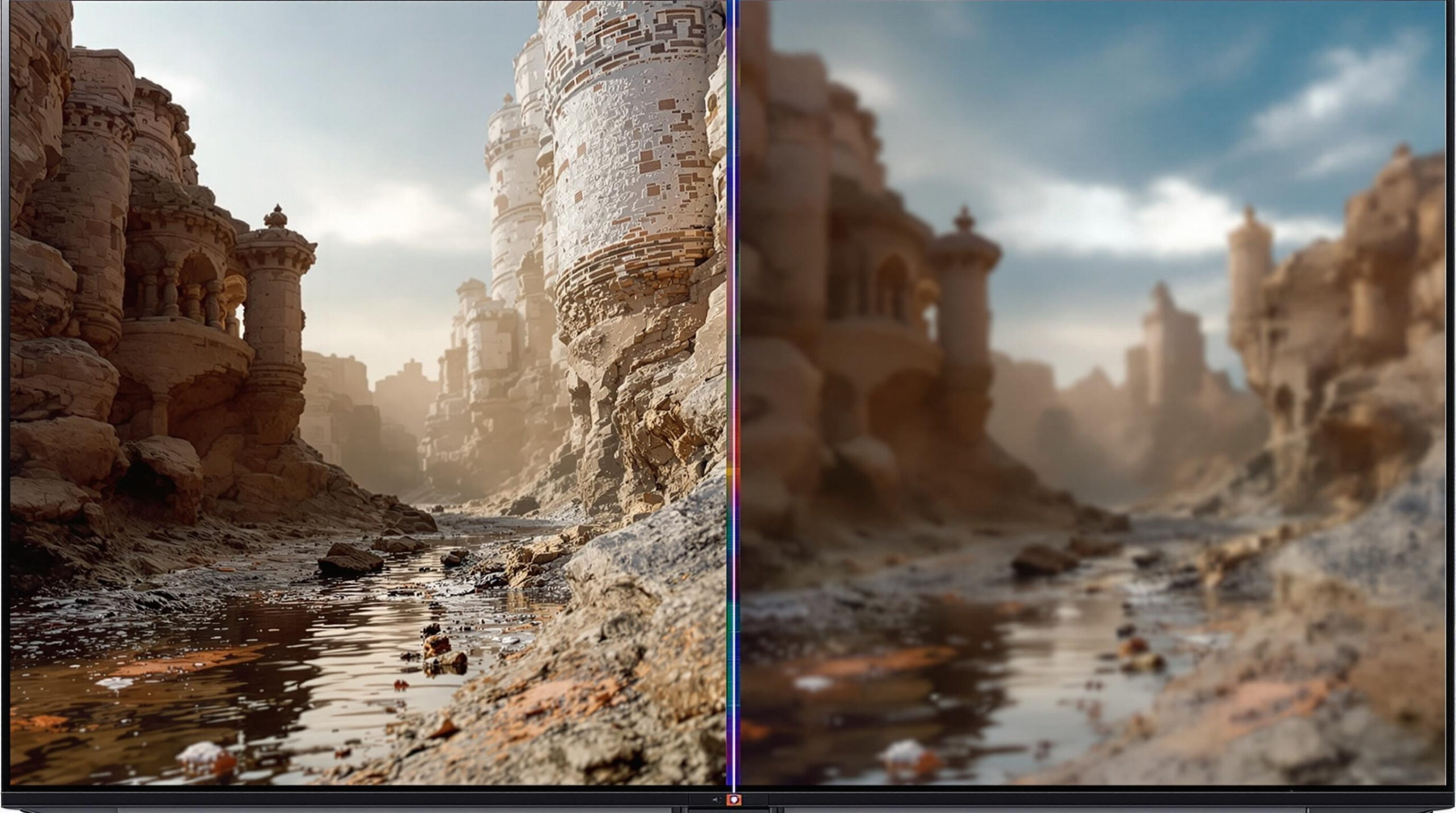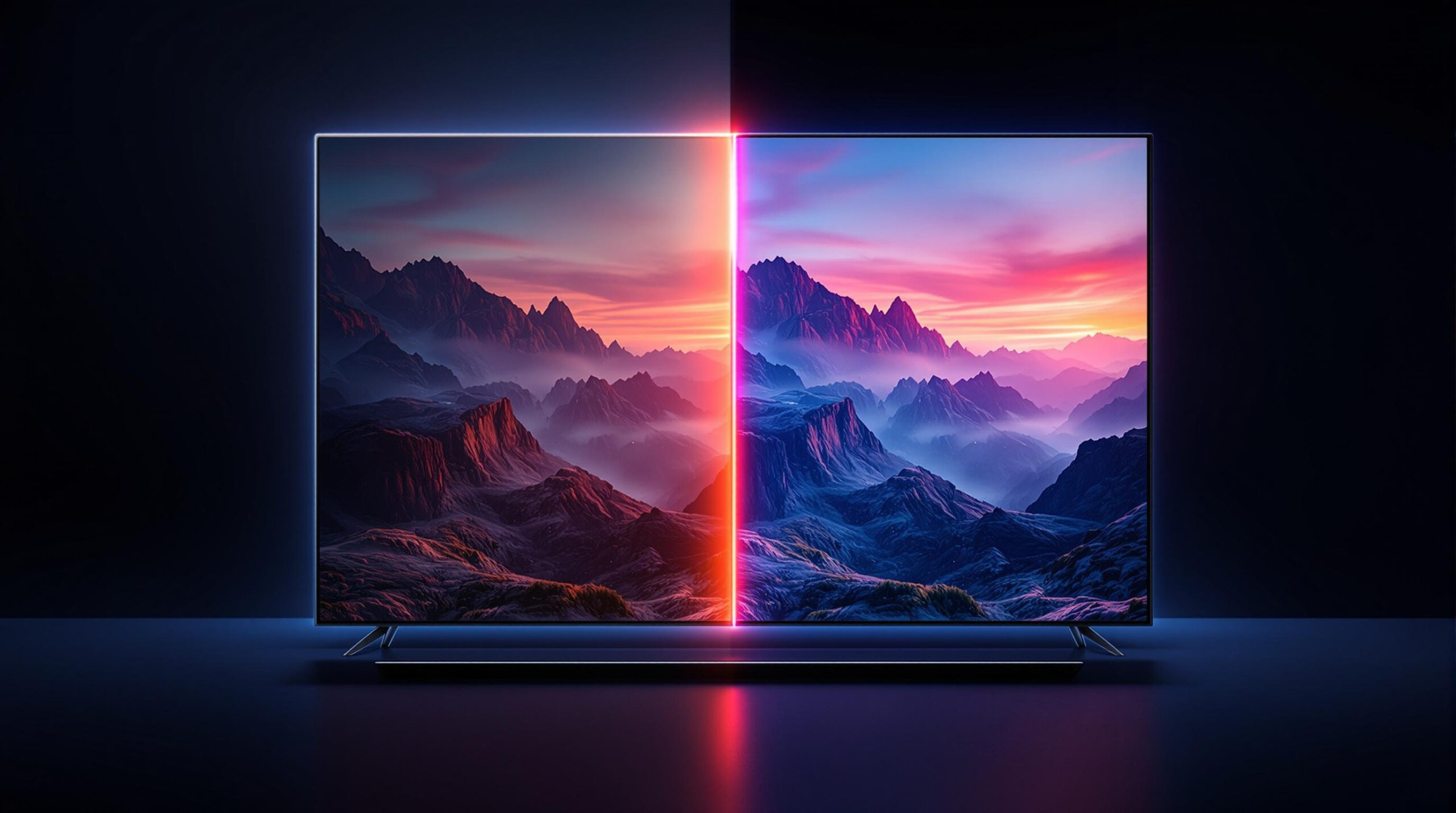The term “4K” has become a staple in the world of modern display technology, prominently featured in televisions, monitors, cameras, and even smartphone screens. But what does 4K truly mean? More than just a buzzword, 4K represents a pivotal advancement in image resolution, visual fidelity, and digital imaging standards. To grasp the significance of 4K Ultra High Definition (UHD), one must explore not only the pixel count but also the science behind how images are captured, transmitted, and displayed. This article breaks down the physics, chemistry, and engineering behind 4K resolution in a way that’s both accurate and easy to understand.
What Is Native 4K?
Native 4K refers to content that originates in true 4K resolution—from capture to final display. That means the video was recorded, edited, mastered, and distributed in 3840 x 2160 pixels or higher. Native 4K content retains every detail, texture, and color fidelity intended by the content creator, giving viewers the sharpest and most authentic visual experience.
At the pixel level, each frame contains more than 8 million discrete color samples. The photons emitted from each subpixel on an OLED display correspond directly to the light intended by the original scene, unfiltered by interpolation or image processing. This is the gold standard for evaluating a display’s ability to reproduce lifelike imagery.
What Is Upscaled 4K?
Upscaled 4K refers to content originally created at a lower resolution—such as Full HD (1920 x 1080) or even SD (720 x 480)—and digitally enhanced to fit a 4K screen. Upscaling algorithms estimate what the missing pixels would have looked like and synthesize new image data to fill in the gaps. The process is powered by digital signal processors (DSPs), machine learning, and edge detection models embedded in the TV’s image processing pipeline.
While upscaled content can look impressive, especially on smaller screens, it doesn’t carry the true pixel-level detail of native 4K. On large OLED panels, this distinction can become visible in the form of softness, artifacting, or loss of texture fidelity. Upscaling is essentially a mathematical prediction, not a true capture of original information.
The Role of OLED Technology
OLED (Organic Light-Emitting Diode) TVs are uniquely positioned to reveal the differences between native and upscaled 4K because of their pixel-level control and self-emissive nature. In an OLED panel, each pixel emits its own light through organic compounds that glow when excited by electric current. There is no backlight, as seen in LCDs, allowing for infinite contrast and deeper black levels.
From a physics standpoint, the light-emission process in OLEDs is a result of electron-hole recombination within organic semiconductors. These recombinations release photons whose wavelength determines the perceived color. The precision of this emission makes OLEDs ideal for showcasing fine details and subtle gradients, which are more abundant in native 4K content.
When displaying upscaled images, OLEDs faithfully reproduce the input signal, but limitations in the upscaling algorithm—not the panel—can lead to perceptible flaws. In other words, an OLED can only show what it’s given. The difference is akin to watching a high-definition scan of a painting versus viewing the original brushstrokes under magnification.
How Upscaling Works: Engineering at the Signal Level
Upscaling is not a simple pixel-doubling operation. Instead, it involves spatial interpolation techniques, real-time image analysis, and machine learning-based estimation. The process begins by breaking down the lower-resolution image into luminance and chrominance channels, which are then analyzed for edges, contours, textures, and motion vectors.
Sophisticated upscaling engines—such as Samsung’s AI Quantum Processor or Sony’s XR Cognitive Processor—use neural networks trained on large datasets of image samples. These processors evaluate how similar textures would look in higher resolutions and dynamically generate new pixels with predicted color values.
From an engineering perspective, this involves manipulating voltage levels across control transistors in the display’s driving circuit to simulate what those missing pixels should convey. However, no matter how advanced the algorithm, the fact remains: you’re extrapolating data, not revealing it. This is why upscaled 4K can appear flatter or blurrier in high-motion scenes or fine-grain patterns.
Pixel-Level Chemistry: Native Signal vs Synthetic Enhancement
In OLEDs, the chemical composition of the organic emitters influences how accurately color and brightness can be rendered. Red, green, and blue subpixels are made from different organic molecules, each optimized for specific emission peaks in the visible spectrum.
Native 4K material makes full use of this capability. The signal sent to each subpixel corresponds to actual color values captured during content creation. This allows the molecules to emit light at calibrated intensities and wavelengths, resulting in faithful reproduction.
Upscaled signals, by contrast, often suffer from quantization noise and color banding, especially if the original material had limited bit depth. The OLED’s chemically sensitive emission layer may be forced to emit intermediate values that were never part of the original intent, slightly distorting the final image.
Data Bandwidth and Compression Artifacts
A significant technical distinction between native and upscaled 4K lies in data rate. Native 4K streams and Blu-ray discs contain much more image data per second than HD streams. To deliver this volume, advanced codecs such as HEVC (H.265) or AV1 are used, reducing the file size without substantially degrading quality.
However, any compression introduces a level of loss. High-efficiency encoding removes information deemed perceptually insignificant—but that estimation varies between encoders. When native 4K is heavily compressed, it may appear inferior to high-quality upscaled 1080p if the bitrate is too low. Thus, the quality of the source and encoding method plays a major role in determining visible fidelity.
On the display side, bandwidth limitations between internal processing units (frame buffer, decoder, and rendering engine) also affect fidelity. If a TV cannot decode a full 4K HDR stream at its maximum bitrate due to hardware constraints, the viewer may see dropped frames, reduced motion resolution, or compromised color gradation.
Viewing Distance and Visual Acuity
How noticeable is the difference between native and upscaled 4K? That depends on your viewing distance and the size of the screen. At close ranges on larger screens (65 inches and above), the human eye can detect subtle differences in edge sharpness, motion clarity, and texture integrity.
Human visual acuity is measured in terms of arcminutes per pixel, and 4K resolution falls within the perceptible range at typical distances for large displays. Upscaled content tends to blur fine detail and create artificial smoothing, which the brain interprets as “less real.” Native 4K maintains natural film grain, hairline textures, and environmental subtleties.
This is especially relevant for OLEDs, which do not have a backlight diffuser or light bleed to obscure details. As a result, the purity of each pixel becomes more apparent—and so do any flaws in artificially created image data.
Gaming, Frame Rates, and Input Resolution
Gamers often confront native vs. upscaled 4K in terms of performance. Console titles may render at a lower resolution, then use temporal upscaling to simulate 4K output. Frame interpolation and checkerboarding are common techniques that blend current and past frames to increase perceived resolution.
From a physics standpoint, motion resolution and temporal coherence are impacted. OLED panels have near-instantaneous pixel response times, revealing any blurring or artifacting from aggressive upscaling techniques. Native 4K gameplay, where each frame is rendered independently at full resolution, maintains integrity under motion.
The HDMI 2.1 interface plays a crucial role here, supporting 4K at 120Hz with Variable Refresh Rate (VRR). This reduces screen tearing and input lag, ensuring that native 4K content benefits from the OLED’s response speed without introducing temporal distortion from post-processing.
HDR and Bit Depth Interplay
A 4K resolution is only part of the story. High Dynamic Range (HDR) enhances contrast and color volume. Native 4K content mastered in 10-bit color and wide color gamut (Rec. 2020) allows OLED TVs to showcase their true capabilities.
The chemistry of OLED’s emission layers supports ultra-fine gradations, especially in dark scenes where black levels need to transition smoothly into shadow tones. Upscaled 1080p content—even with HDR upconversion—often lacks the source metadata needed to map brightness accurately, leading to clipping in highlights or crushed blacks.
Native HDR content uses static or dynamic metadata (HDR10+ or Dolby Vision) to instruct the TV on tone-mapping strategies. This precision is essential to make use of OLED’s self-emissive properties, where brightness and color are modulated at the pixel level without interference from a backlight.
Color Fidelity and Perceptual Realism
One of the most underappreciated differences between native and upscaled 4K is in color accuracy. Native 4K uses full chroma subsampling (4:4:4 or 4:2:2), preserving color information for each pixel. Upscaled sources often rely on 4:2:0 subsampling, meaning much of the chroma data is shared between neighboring pixels.
On an OLED display, where each pixel is a precise light emitter, these shortcuts become visible as color fringing, muted tones, or skin tones that appear plastic rather than lifelike. Native content, by contrast, retains the subtle color transitions that define human faces, skies, and natural textures.
Engineers calibrating OLED panels for professional-grade color reproduction use 3D LUTs (Look-Up Tables) to map input signals to precise output voltages, ensuring that every hue aligns with digital cinema standards like DCI-P3. Upscaled content often bypasses these optimizations, undermining the final result.
Conclusion: The Art and Science of True 4K
A truly 4K TV is not just a screen with the right number of pixels—it is a complex ecosystem of molecular emitters, data processors, signal paths, and perceptual design. Native 4K content is the ideal match for these systems, allowing every component from pixel chemistry to AI algorithms to work at full potential.
Upscaled 4K has its place, offering visual improvements for older content and reducing the jarring mismatch of low-res video on large screens. But the distinction between native and upscaled remains a litmus test of both content quality and display engineering.
In the world of OLED displays—where light and color are sculpted at the molecular level—only native 4K can fully reveal the artistry encoded in each frame. Understanding the difference allows consumers to make informed choices and appreciate the science that transforms electrical signals into breathtaking visual experiences.
4K TV Reviews
Explore Philo Street’s Top 10 Best 4K TV Reviews! Dive into our comprehensive analysis of the leading OLED TV products, complete with a detailed side-by-side comparison chart to help you choose the perfect protection for your devices.




